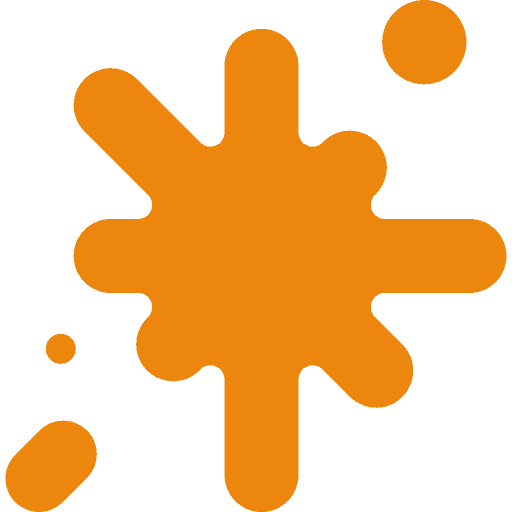Cloths
What is a Lint-Free Cloth?
A lint-free cloth is a special kind of cleaning cloth that won’t leave any fluff (lint) behind when used. Since it is free of lint, then you don’t have to worry about any build-up charge that can lead to electrostatic discharge (ESD), which could damage your electronic equipment including televisions and computers.
One of the best examples of a lint-free cloth is a microfibre cloth. This can be bought from electronic stores and online retailers.
A lint-free cloth is a certain type of cloth that does not have any lint on it. Lint refers to the short fibres in some fabrics. As time passes, these fibres loosen up and eventually appear on the surface. Most often, lint can be found in cotton, wool, linen and other types of fabrics.
Typically, lint-free cloth is the best choice if you are cleaning glasses or polishing items. There are some great examples of lint-free cloths, including cheesecloth and brushed cotton.
What Does Lint-Free Mean?

All of us hate lint. Any presence of lint on surfaces is not tolerable, especially in a cleanroom setting.
It is important to know that there is no such thing as lint-free cotton. It just doesn’t exist. Cotton is a cluster of strands. When you use a cotton dishtowel, these strands eventually detach from each other and remain on your glassware.
However, cotton with a tighter weave has less lint. Simply put, a cotton dishtowel has less lint compared to a Terry towel. But a tighter weave is more abrasive. When it comes to cotton, the softer the cloth, the more lint.
If you want less lint, then choose a tightly woven cotton fabric. Remember that Terry towels have more lint.
Don’t Want any Lint?
If you want to eradicate lint, a cotton towel is not the best solution. The best product to use is the microfibre cloth. It’s great for everyday use. When it comes to durability, it is unbeatable. It can quickly collect lint just like a magnet. You could also use lint-cleaning wipes or ISO-rated wipes.
How to Clean Using a Lint-Free Cloth?
Lint-free cleaning cloths are very durable and versatile too. They can be used on different types of surfaces, and most importantly, they are very easy to clean.
Rather than using disposable paper towels, why not switch to lint-free cleaning cloths? This can reduce waste and give you the best results. You can even wash and reuse it over and over again. It is the best eco-friendly cleaning product for everyone.
For Removing Stains
Stains on clothing and upholstery can be removed using a lint-free cleaning cloth along with a stain-remover. Simply wet the bar and lather the stained areas. For cotton and any tough fabrics, use hot water; for silk and wool, use warm water.
Use a wet lint-free cleaning cloth to get rid of the soap and dirt. You can dampen the cloth when necessary. If you are not satisfied, then you can repeat the process. Always make sure that all of the soap is completely removed.

For Ironing Delicate Items
When ironing delicate items, clothing must be protected against direct heat and scorching. This can be done by placing a lint-free cleaning cloth between the item and the iron.
For Deodorizing Surfaces
Cleaning and deodorizing surfaces, glassware and other household items can be done easily using a lint-free cleaning cloth together with scented vinegar. This is very effective in removing stains, germs, grime and even streaks.
For Removing Dirt and Dust
Use a lint-free cleaning cloth and a surface cleaner to clean windows, mirrors and countertops.
For Drying Dishes and Hands
The lint-free cleaning cloth is also effective at keeping your dishes and hands dry.
For Cleaning Tarnished Silver
When cleaning your tarnished silver, you have to wash the cloth first with detergent and warm water before polishing. A lint-free cloth is less likely to leave fibres in the crevices of silverware.
How to Choose a Good-Quality Lint-Free Cloth?
Nowadays, we can see a variety of advertisements for lint-free cloths. But how do you know if these advertisements are truthful? Are there particular standards that you have to follow when choosing a lint-free cloth? How can you guarantee that it is suitable for your needs?
We now understand what lint-free means. The fact is, a lint-free cloth is a type of cloth that can be made with a combination of materials. Durability, absorption and lint-free are all factors to look out for.
There are a lot of options available when choosing a lint-free cloth. First of all, you have to consider your intended application. You might want to try a lint-free cloth that is made of 100% polyester. This is ideal if you don’t want any lint left behind while cleaning your item. At the same time, it is also totally absorbent.
However, if you just want to wipe off dust and debris on your windows and other items, then it’s fine to use other types of lint-free blends. You could also opt for a high cotton content.
One of the most important things to consider, though, is whether your lint-free cloth can generate ESD (electrostatic discharge). Most often, cloths that produce lint tend to generate a little static charge. If you want to prevent ESD when cleaning appliances, then you should choose high-quality lint-free cloths. A great choice would be 100% polyester lint-free cloths since they can be used in different types of applications.
To clean mirrors, windows or glass, use a wet lint-free cloth, and then buff it with a dry one. This will ensure that your windows, glass or mirrors sparkle.
When it comes to cleaning your kitchen countertop, dining table and other surfaces in your house, nothing can beat the effectiveness of a microfibre cleaning cloth.

